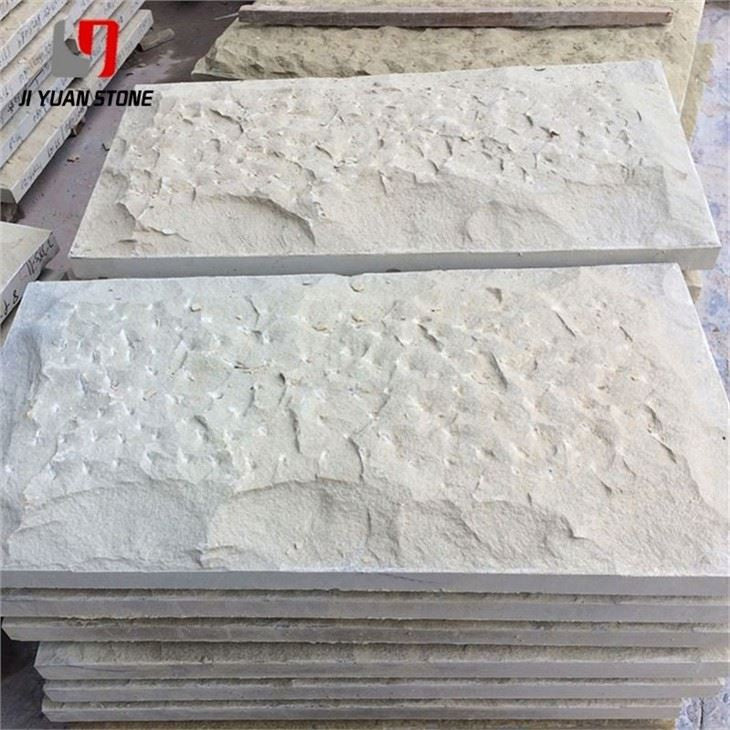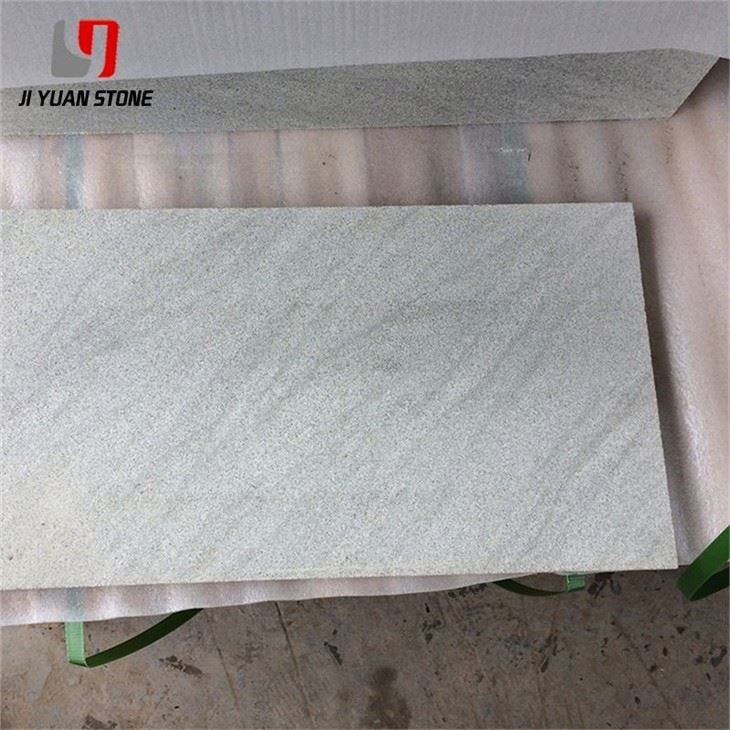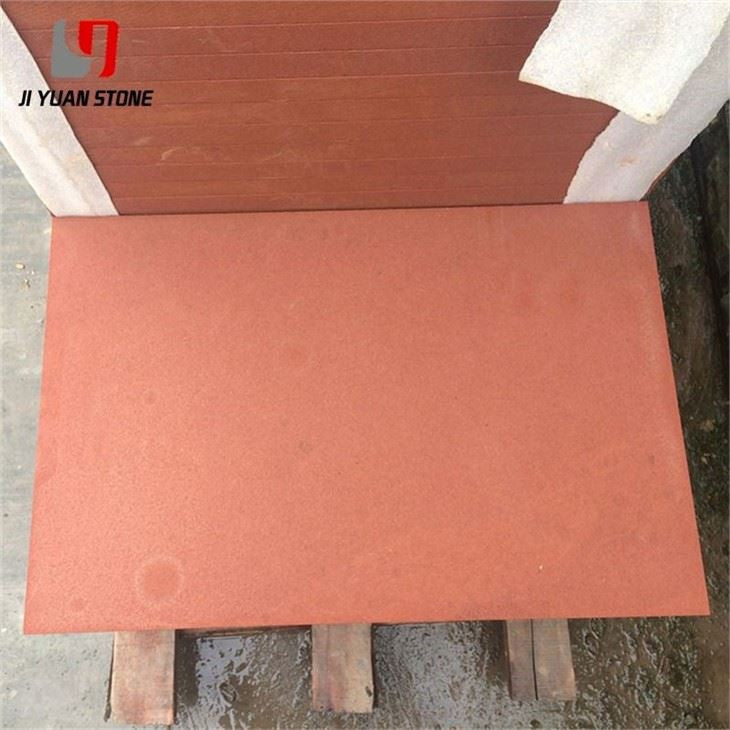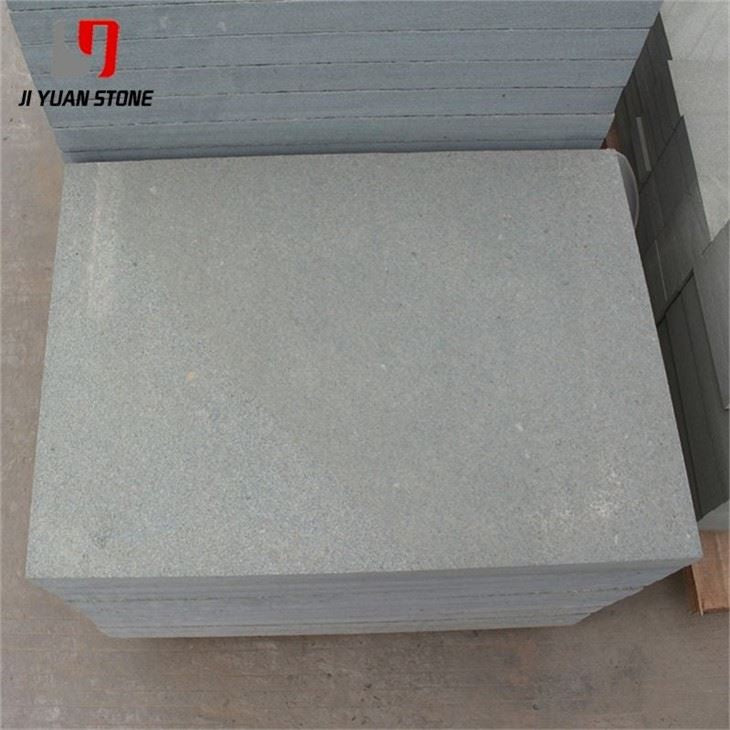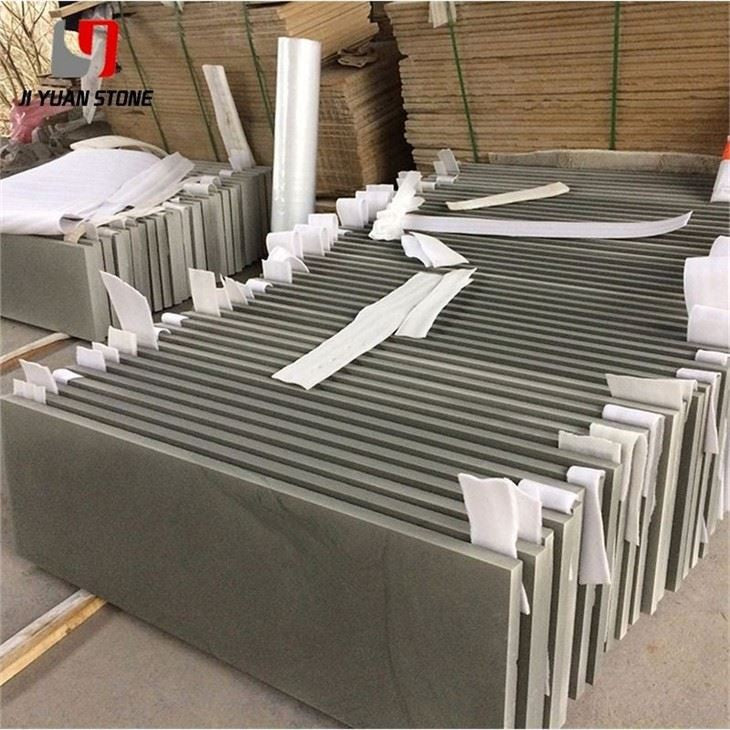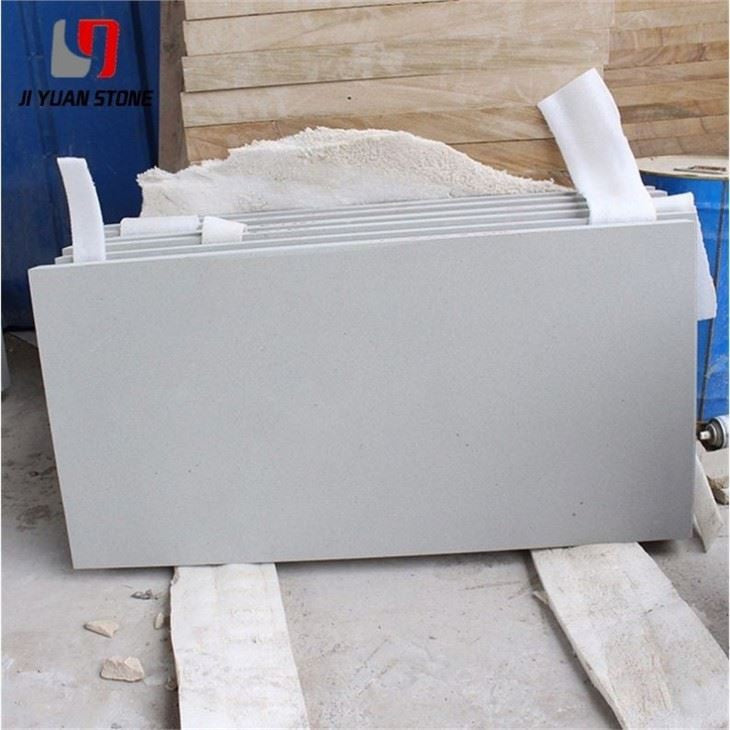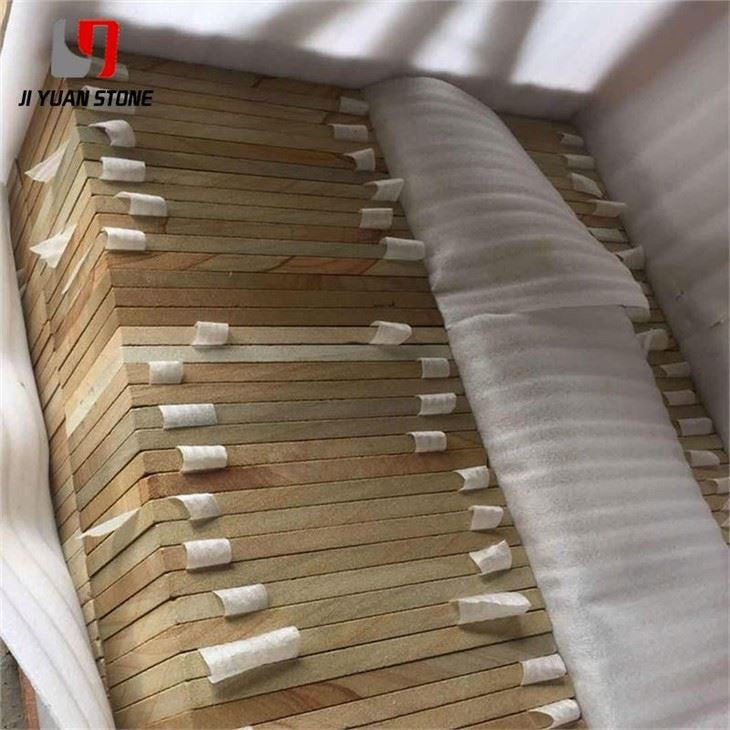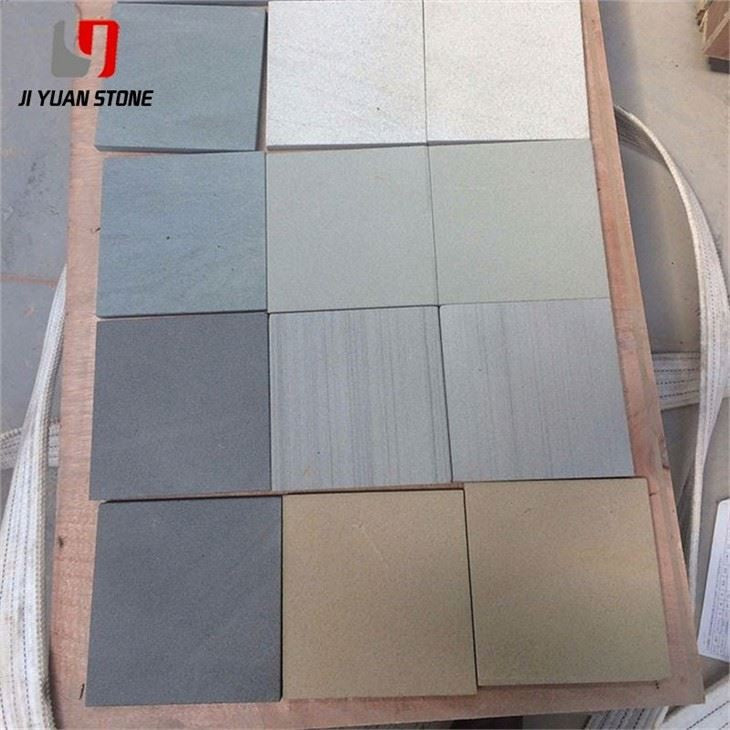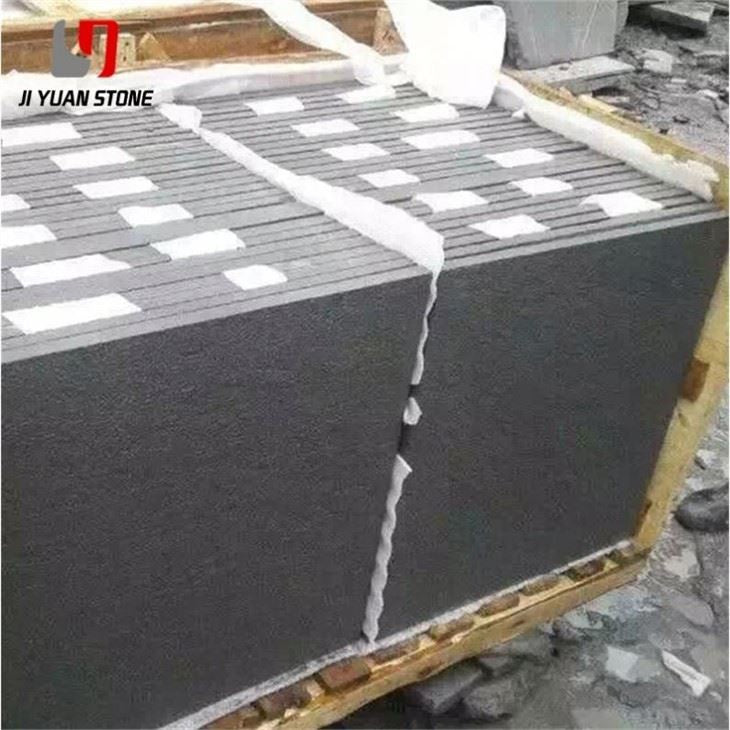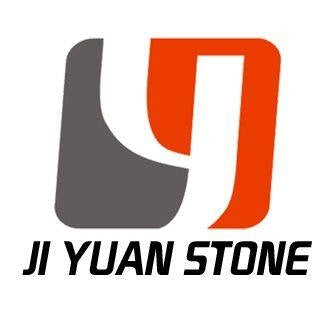Natural Sandstone Veneer
Natural Sandstone Veneer
Crafted from organic sandstone, this veneer offers long-lasting durability and a unique, natural look to any surface. With its authentic texture and color variations, it adds a touch of sophistication and warmth to any space. Enhance your home's aesthetic with our natural sandstone veneer.
| Feature | Details |
|---|---|
| Materia | Natural Sandstone |
| Surface Finished | Honed,Flamed,Bush-hammered,Brushed,Nature,Mushroom,Sawn etc |
| Finished Products | Floor tiles, Wall cladding, Countertops, Windowsills, Special-shaped tiles, Small slabs, Swimming pool, steps, wall panel, flooring, veneers, slabs, coping tiles, etc |
| Color | Yellow,black,white,red,purple wood,green,grey,rainbow etc |
| Name | Sandstone for Slabs and Tiles |
| Our Advantage | "Own Mine"+"Factory Price"+"High Quality" |
| Product size |
|
| Thickness | 10mm, 15mm, 18mm, 20mm, 30mm, 50mm, 100mm, etc. |
| Applications | Tiles, Wall cladding, Flooring, Countertops, kitchen tops, Vanity tops,random, carvings columns , slab,etc |
| Tolerance | Be calibrated from +-1-1.5mm |
Natural Sandstone Veneer: A Durable and Safe Building Material
1. Zero-Radioactive and Environmentally Friendly
Natural sandstone veneer is a zero-radioactive stone material, making it completely safe for human health. Unlike marble and granite, which contain trace amounts of radioactivity, sandstone does not pose any radiation risks.
According to China’s "Construction Material Radionuclide Limits" (GB6165-2001), sandstone is not included in the scope of radiological inspections due to extensive monitoring and research proving its non-harmful nature. Composed mainly of SiO₂ (Silicon Dioxide) and Al₂O₃ (Aluminum Oxide), sandstone is a green, environmentally friendly, and sustainable building material.
2. Exceptional Durability and Weather Resistance
Natural sandstone veneer is highly durable and retains its original charm for centuries. It features:
✅ No weathering outdoors – Does not degrade due to exposure.
✅ Water-resistant – Does not melt or deteriorate when in contact with water.
✅ Moss-resistant – Does not develop moss or algae growth.
✅ Color stability – Maintains its natural hues over time.
Many historic sandstone buildings built over 100–200 years ago still showcase the same elegance and beauty as when they were first constructed.
3. Surface Protection and Maintenance
While sandstone is naturally resilient, dirt and pollutants can affect its appearance and alter its quality over time. To enhance durability, aesthetics, and ease of cleaning, a protective treatment is recommended.
💡 Benefits of Protective Treatments:
✔ Prevents pollution damage – Stops chemicals from penetrating the stone.
✔ Enhances color vibrancy – Brings out natural textures and tones.
✔ Reduces water absorption – Protects against stains and erosion.
✔ Simplifies maintenance – Allows for easy scrubbing and cleaning.
Types of Protective Agents:
🔹 Water-based (Propylene-based Emulsions) – Gentle and less likely to alter color.
🔹 Silicon-based – Provides strong protection while maintaining a natural look.
🔹 Solvent-based (Chemical-based) – More effective but may cause slight color enhancement.
When choosing a protective agent, factors like adhesion, compatibility with stone, and climate conditions should be considered to ensure long-lasting protection without negative side effects.
Conclusion
Natural sandstone veneer is a safe, eco-friendly, and long-lasting building material. It requires minimal maintenance, and with proper surface protection, it can retain its beauty and strength for centuries. Whether used for interior or exterior applications, it remains a top choice for those seeking durability, elegance, and sustainability.
Share
